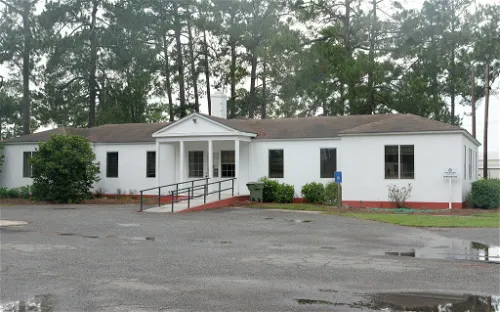World War II Flight Training Museum and its collection
The 63rd Army Air Forces Contract Pilot School, located at the Douglas Municipal Airport in Coffee County, Georgia, played a significant role during World War II. It was part of the Civilian Pilot Training Act of 1939, which aimed to train civilian pilots to serve as contract labor in an auxiliary capacity for the military. This historical context adds a layer of significance to the site, making it a point of interest for visitors interested in World War II history.
Recognition of the 63rd Army Air Forces Contract Pilot School
The buildings of the 63rd Army Air Forces Contract Pilot School that remain intact have been recognized for their historical significance. They were listed on the National Register of Historic Places on May 14, 2013. This recognition underscores the importance of the site and its preservation, making it a noteworthy destination for tourists interested in history and architecture.
Legacy of the 63rd Army Air Forces Contract Pilot School
By the time it closed on December 28, 1944, the 63rd Army Air Forces Contract Pilot School at Douglas had successfully trained 9,000 pilots. After the war, the airfield was re-purposed as Douglas Municipal Airport. This transformation of the site from a military training school to a municipal airport adds another layer of historical significance, making it an interesting destination for visitors.
History & Anthropology Science & Technology Aviation War



